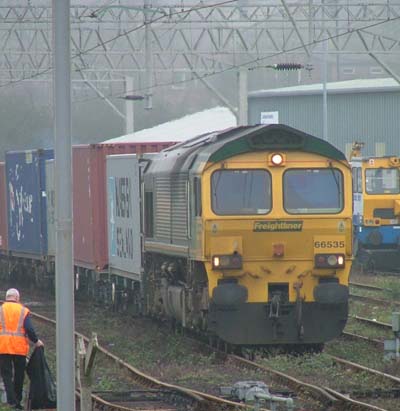First, there’s a new Fudge Web Forum. The mere existence of such a thing is controversial to some people, who fear it will cannibalise traffic from the existing Fudge Mailing List. This is probably a justified fear, but I’m hoping that it will instead attract a new audience of the ranks of people that love webforums but loathe mailing lists. If this happens it might raise the overall profile of Fudge in the wider gamer community, which would be a Good Thing.
I do have to say that the big plus for web fora is their visibility to the wider world; mailing lists archives are often hard to find, and hard to follow to to lack of threading. I’ve posted to the new forum a few times, but I’ll probably pay more attention to the mailing list, because I find that form is more convenient to follow discussions.
Of course, the Phoenyx will soon have a webforum interface to the mailing lists; it’s ironic that the Fudge webforum appeared just before it was ready to go into beta test.
Perhaps more significantly, there’s this announcement on Carl Cravens’ blog
Now I’ve taken on the leadership task of coordinating a bottom-up rewrite of the Fudge core rules.
Why, oh, why would I add such a task to my already-full plate? It seems kind of insane. But in my recent four-part essay (which I should post here) about Fudge, Fudge Factor, the Fudge community, Fudge in the marketplace, and the future of all that, I call for just that thing… a bottom-up rewrite and embellishment of a document that has not changed in ten years, despite what Expanded and 10th Anniversary editions might imply. In short, to rewrite Fudge into what it should already be, taking into account ten years of accumulated wisdom from the Fudge community.
And I don’t believe in saying something should be done unless I’m willing to contribute to the effort. In this case, that turned out to be leading the project and (so far) 27 team members. Cat herders have it easy. But it needs done, and I’m fairly optimistic. It’s going to take some time… maybe a couple years, but I think it will work and will be worth it.
I’m one of those 27. I hope this project bears fruit and doesn’t fizzle out in a heap of disagreements.



